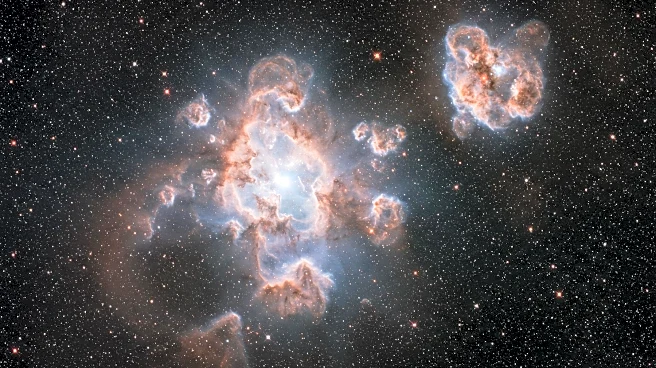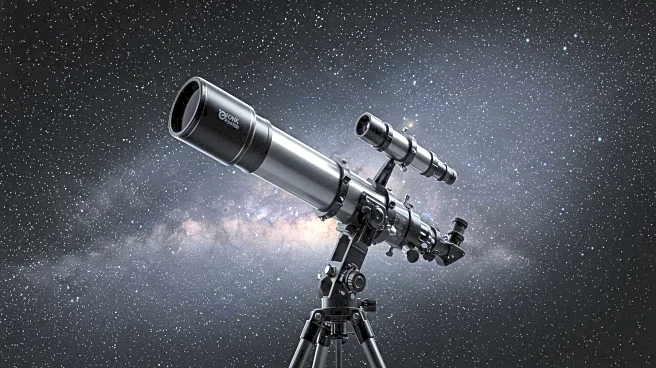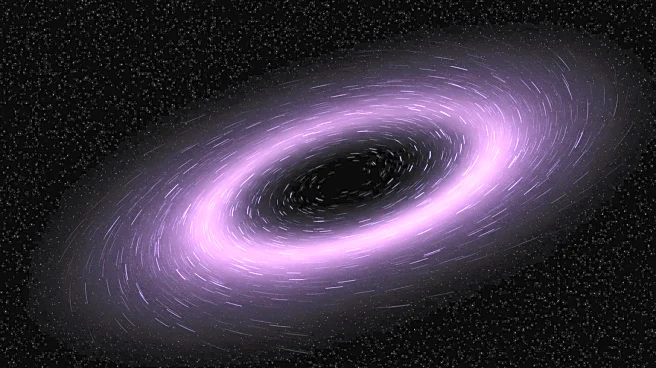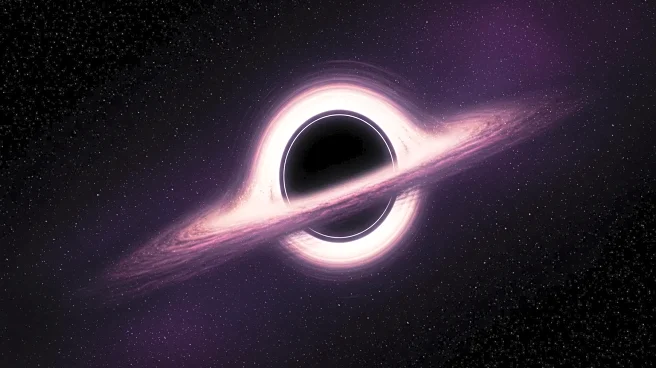Rapid Read • 7 min read
Astronomers have identified a distant galaxy, nicknamed 'Cosmic Grapes,' which features more than a dozen tightly packed star-forming clumps. This galaxy, formed just 930 million years after the Big Bang, was discovered using NASA's James Webb Space Telescope and the Atacama Large Millimeter/submillimeter Array. The galaxy's structure, resembling a bunch of grapes, was revealed through gravitational lensing, a technique that uses a foreground galaxy to magnify distant objects. The study, led by Seiji Fujimoto, highlights the galaxy's internal structure and massive clumps of dense gas primed for star formation, challenging previous assumptions about early galaxy growth.
AD
The discovery of the 'Cosmic Grapes' galaxy provides new insights into the formation and evolution of galaxies in the early universe. By revealing the presence of massive star-forming clumps, the study suggests that early galaxies may have more complex internal structures than previously thought. This finding could reshape our understanding of galaxy formation and the processes that drive star formation. The research also demonstrates the power of gravitational lensing and advanced telescopes in uncovering hidden details of distant cosmic phenomena, potentially leading to further discoveries in the field of astronomy.
Future research will likely focus on exploring similar galaxies to understand the prevalence and impact of massive star-forming clumps in early galaxy formation. Astronomers may use the James Webb Space Telescope and other advanced instruments to study more distant galaxies, aiming to uncover additional details about their internal structures and star formation processes. These efforts could lead to a deeper understanding of the universe's evolution and the factors influencing galaxy growth.
AD
More Stories You Might Enjoy










